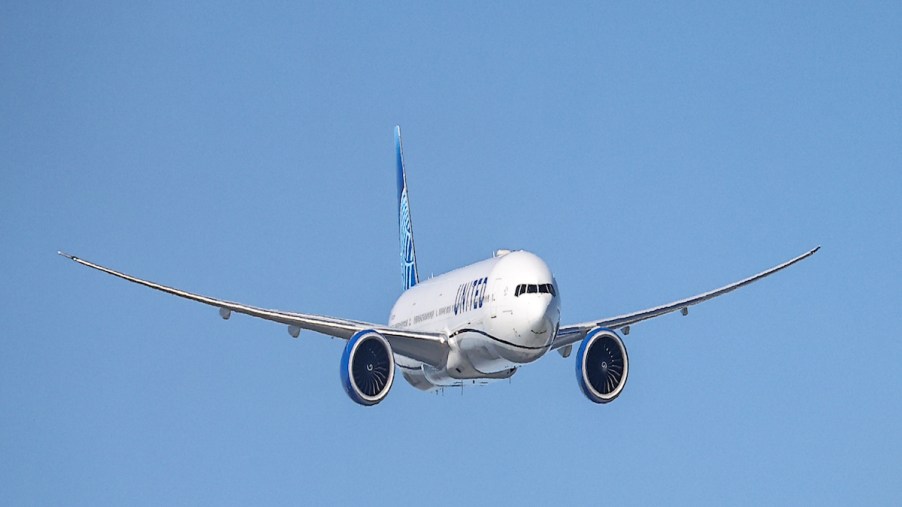
Ford Patent Reveals an EV Charging Method Inspired by Aviation
Over the last decade, car manufacturers have been racing to incorporate electric vehicles into their lineup as the demands continue to soar. Ford has been a steady player in the EV industry for a while now. The company continues making strides in the industry to catch up with Tesla, and one of its latest inventions takes things to another level. Ford patent reveals an EV charging method inspired by aviation.
A lack of charging stations may limit EV growth

Transportation accounts for nearly 28% of carbon emissions in the US. This worrying number has resulted in the rise of EVs as the industry seeks to decarbonize the sector. However, EVs are expensive compared to internal combustion engine cars, so the government has provided rebates for consumers who purchase EVs.
Still, the challenges the EV sector faces are more than its sticker price. Most EV owners complain about not being able to charge their cars quickly and conveniently. In 2020, about 300,000 EVs were sold to consumers, accounting for nearly 2% of the automobile market.
The cumulative number is expected to reach 35 million by 2030, but will there be enough charging stations to accommodate this? Let’s consider the process of refueling ICE cars. When you get a low fuel alert, you simply pull into a gas station, and within 5 minutes, depending on your tank’s capacity, you have gas to go.
Gas stations are everywhere, so ICE owners don’t have to worry about not reaching their destination. The same can’t be said for EV drivers, as there aren’t enough EV charging stations in the country, and it takes forever to charge the car.
Getting 100 driving range miles on your EV can take nearly 30 minutes of charging, that is, depending on the charging station and your car’s battery size. This means that you need to park your car for an extended period and not be in a hurry to get enough range.
Ford patents reveal impressive EV charging capabilities, but is there a demand for it?
Ford has been making considerable strides in the electric vehicle industry. The company filed a patent for an in-flight charging system inspired by aviation in 2021 that could allow drivers to charge their EVs without needing to stop.
The idea borrows from Ford F-150 Lightning‘s ability to power external devices through its vehicle-to-load feature. According to the filing (as reported by Auto Evolution), a driver can request in-flight charging while driving. As the receiver EV, you can charge your car while it’s being towed or while you’re tailing the donor car.
The system also lets you negotiate a fee with the service provider and rate their service. Think of it as an Uber but for EV charging. Ford can easily implement this service given its electric pickup truck’s vehicle-to-vehicle function, but the demand for the feature is nonexistent.
On paper, the patent sounds brilliant because who wouldn’t want to charge their car while driving to save time? However, EV charging is expected to get faster in coming years, so you’re more likely to save money at an EV charging station than by drawing from an electric truck in transit.
Alternative methods of EV charging
If Ford’s in-flight charging system doesn’t seem like a great idea, you can use alternative charging methods such as mobile charging stations and road charging. Mobile fast charges allow you to convert any three-phase outlet into a DC fast charging station.
Additionally, come 2023, EV drivers will be able to charge their cars in motion and at rest through a wireless charging system. An Israeli company has been testing electric roads across Europe and will begin testing in Detroit in 2023.
According to the company, drivers will be able to charge their cars through an underground charging pad that will allow them to add electricity without having to plug in a charger.


